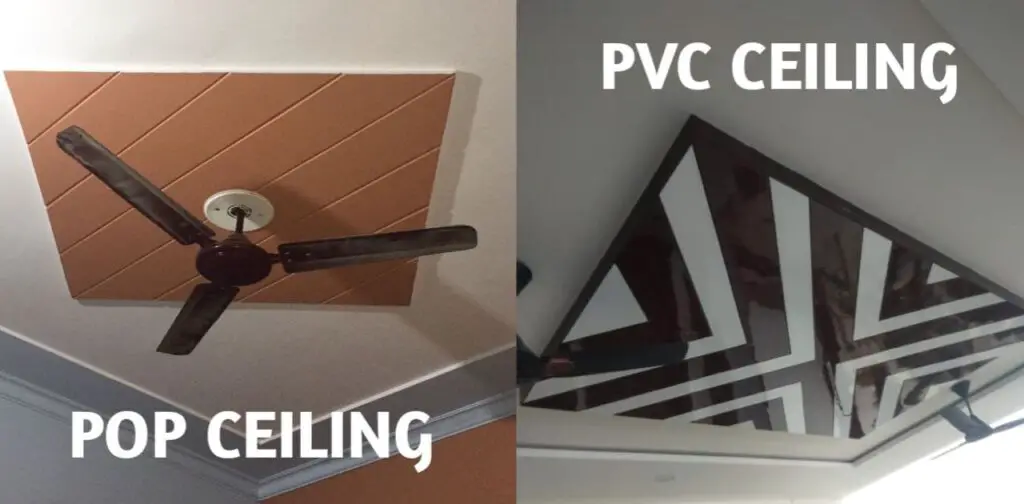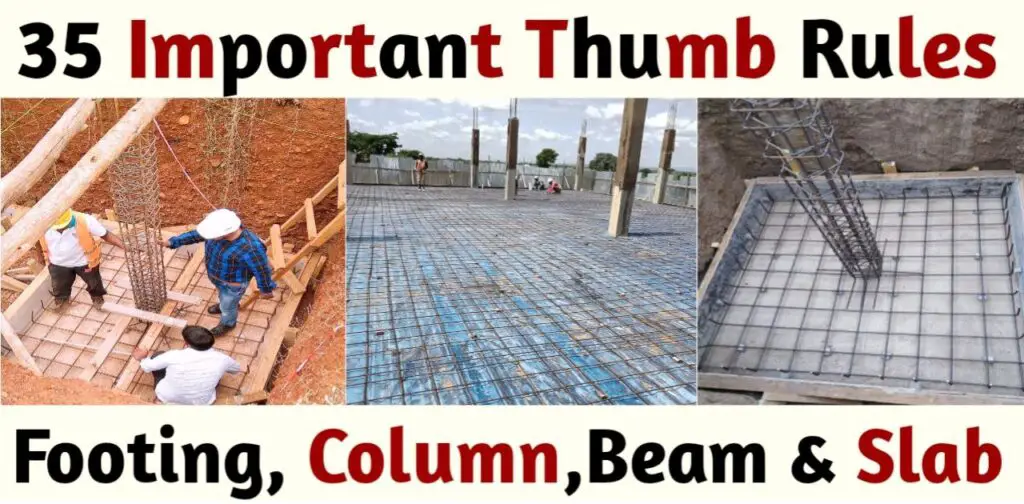Hardie Board Siding: Types, Uses, Benefits, Drawbacks, and CostIf you’re looking to upgrade your home’s exterior with durable and stylish siding, you might want to consider Hardie Board Siding. With its superior quality and longevity, Hardie Siding has become a popular choice among homeowners and contractors alike.
In this section, we’ll give you an overview of the different types of Hardie Board Siding, its uses, benefits, drawbacks, and costs. By the end of this section, you’ll have a better understanding of whether Hardie Siding is the right choice for your home improvement project.
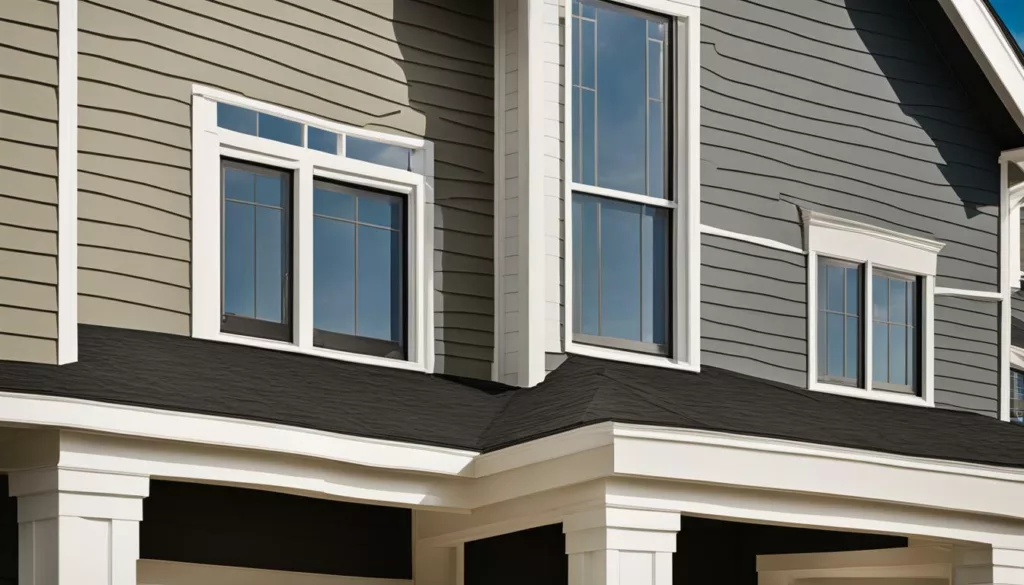
- Hardie Siding is a durable and stylish option for upgrading your home’s exterior.
- There are different types of Hardie Siding available to suit different climates and preferences.
- Hardie Siding offers benefits such as fire resistance, durability, and low maintenance.
- There are some potential drawbacks to consider, such as the cost of installation and the need for professional installation.
- The cost of Board Siding can vary depending on factors such as materials, installation, and location.
What is Hardie Board Siding?
If you’re looking for a durable and long-lasting siding option for your home, you may have come across Hardie Board. So, what exactly is it?
Also known as cement fiber siding, Hardie Board Siding is made of cement, sand, and cellulose fibers. It was first introduced by James Hardie in the 1980s and has since become a popular choice among homeowners and contractors alike.
The composition of Hardie Board makes it highly resistant to weather, fire, and pests. It is also highly customizable, with a range of colors and finishes available to enhance the aesthetics of your home.
But why is it so popular? One reason is its versatility. Hardie Board can mimic the look of other materials such as wood, stucco, or brick, without the associated maintenance requirements. It also has a long lifespan, with minimal need for repairs or replacements over time.
So, if you’re looking for a strong and customizable siding option, Hardie Board could be the perfect choice for your home.
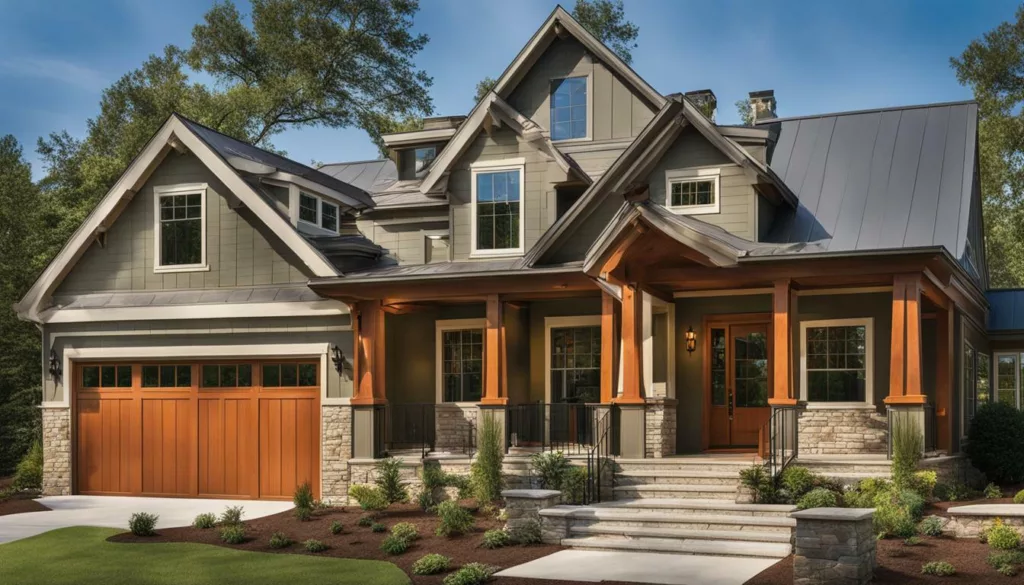
Hardie Board comes in a wide range of colors and finishes to suit any style or aesthetic. From the classic look of traditional wood siding to modern, bold colors, you can choose the perfect match for your home’s exterior.
The colors and finishes available for Hardie Board Siding are designed to withstand the elements and maintain their appearance over time. Some popular options include:
| Color | Description |
|---|---|
| Arctic White | A crisp, clean, and bright white that complements any style. |
| Boothbay Blue | A cool blue-green hue inspired by coastal New England. |
| Heathered Moss | A warm, earthy green that pairs well with natural stone and wood finishes. |
| Night Gray | A rich, deep gray that adds depth and texture to modern homes. |
In addition to the standard colors, you can also choose from a variety of finishes that mimic the look of natural wood grains, such as:
- Smooth
- Cedarmill
- Beaded Cedarmill
- Sierra 8
With so many options to choose from, you can express your unique style and enhance the curb appeal of your home with Hardie Board.
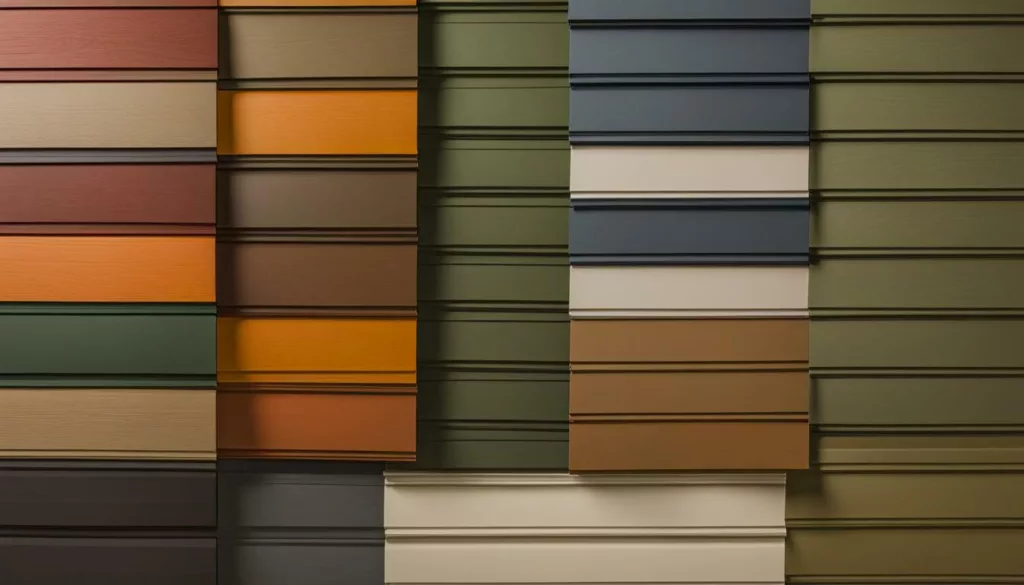
Proper installation is critical to ensure the durability and longevity of the Hardie Board. The installation process involves several steps, including preparation, measuring, and cutting the boards, attaching the boards to the wall, caulking, and painting.
Before starting the installation process, it is essential to prepare the surface by removing any existing siding, repairing any damage or rot, and ensuring a flat and smooth surface. You should also install a moisture barrier to prevent water from seeping behind the siding and causing damage.
To measure and cut the boards accurately, you should use a circular saw or a specialized cutting tool designed for the Hardie Board. It is essential to wear appropriate protective gear, including eye and ear protection, a dust mask, and work gloves.
Next, attach the boards to the wall using nails or screws designed for use with Hardie Board Siding. Be sure to follow the manufacturer’s guidelines for spacing and fastening, as incorrect installation can lead to damage and reduced durability.
After attaching the boards, you should caulk the joints and seams to prevent moisture from entering behind the siding. Finally, paint the siding with high-quality exterior paint to protect it from the elements and enhance its aesthetic appeal.
It is worth considering hiring a professional contractor for Hardie Board Siding installation, as they have the necessary skills and experience to ensure a successful installation. However, if you choose to install it yourself, be sure to follow the manufacturer’s guidelines and take all necessary safety precautions.
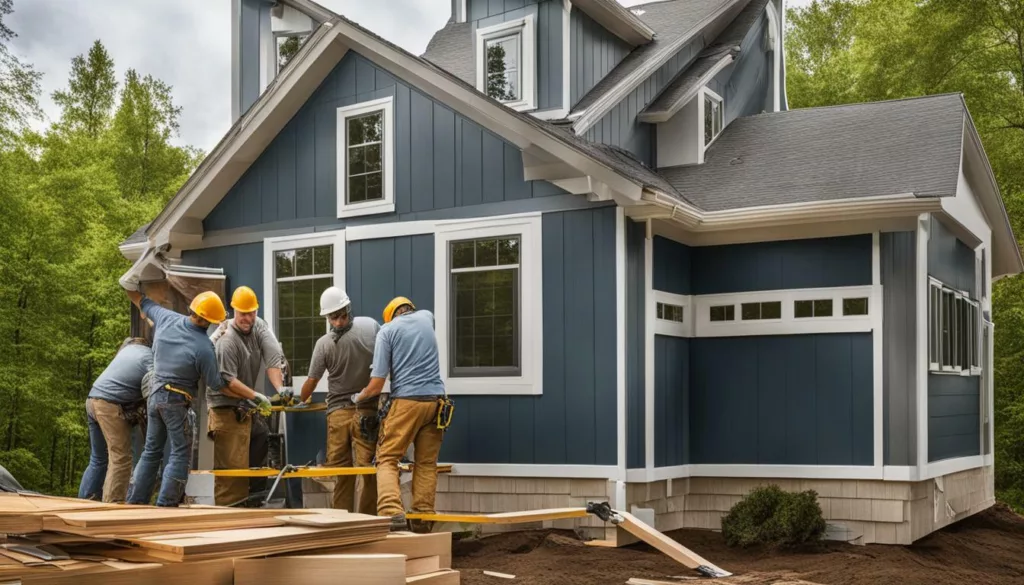
If you’re planning to install Hardie Board Siding, you’ll need to know how to cut it accurately. Cutting Hardie Board Siding may seem intimidating, but with the right tools and techniques, it can be a straightforward process.
The most common tools used to cut Hardie Board Siding are circular saws, jigsaws, and handheld shears. A carbide-tipped blade with at least four teeth is recommended for best results.
Before cutting, make sure to wear protective gear such as safety glasses, a dust mask, and gloves. Also, ensure the Hardie Board Siding is securely clamped and supported on a stable surface.
To make straight cuts, use a circular saw with a straight-edge guide. Mark the Hardie Board Siding with a pencil where you want to cut, align the saw blade with the line and slowly guide the saw along the edge guide.
For curved cuts, use a jigsaw with a carbide blade. First, drill a starter hole in the Hardie Board Siding where you want to make the cut. Then, insert the jigsaw blade into the hole and carefully maneuver it along the desired cut line.
Another option is to use handheld shears for small cuts or intricate details. These shears are designed to snip through the Hardie Board Siding easily without creating excessive dust.
Remember to always cut the Hardie Board Siding outside and away from windows and doors to prevent dust and debris from entering your home.
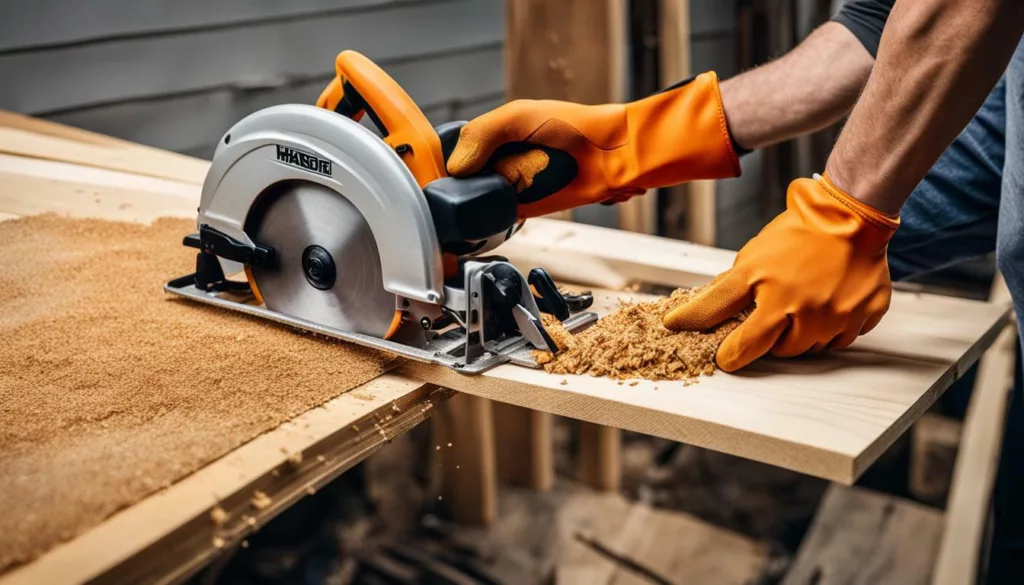
While Hardie Board Siding is a popular choice for its durability and aesthetic appeal, there are some potential drawbacks to consider before making a decision.
One of the main negatives of Hardie Board Siding is its cost. It is generally more expensive than other siding materials, such as vinyl or wood. The installation process is also more time-consuming and labor-intensive, adding to the overall cost.
Another potential downside is its weight. Hardie Board Siding is heavier than most other siding materials, which can pose challenges during installation and require additional structural support.
Hardie Board Siding is also prone to cracking and chipping, particularly if it is not installed properly or if the home settles over time. This can lead to unsightly damage and require costly repairs.
In addition, Hardie Board Siding requires regular maintenance, including painting and caulking, to avoid moisture damage and fading. Failure to maintain the siding properly can lead to issues such as mold growth and warping.
Finally, some homeowners have expressed concerns about the environmental impact of Hardie Board Siding. While it is made from sustainable materials, the manufacturing process requires a significant amount of energy and contributes to air pollution.
Considering these potential negatives, it is important to weigh the benefits and drawbacks of Hardie Board Siding carefully before making a decision for your home.
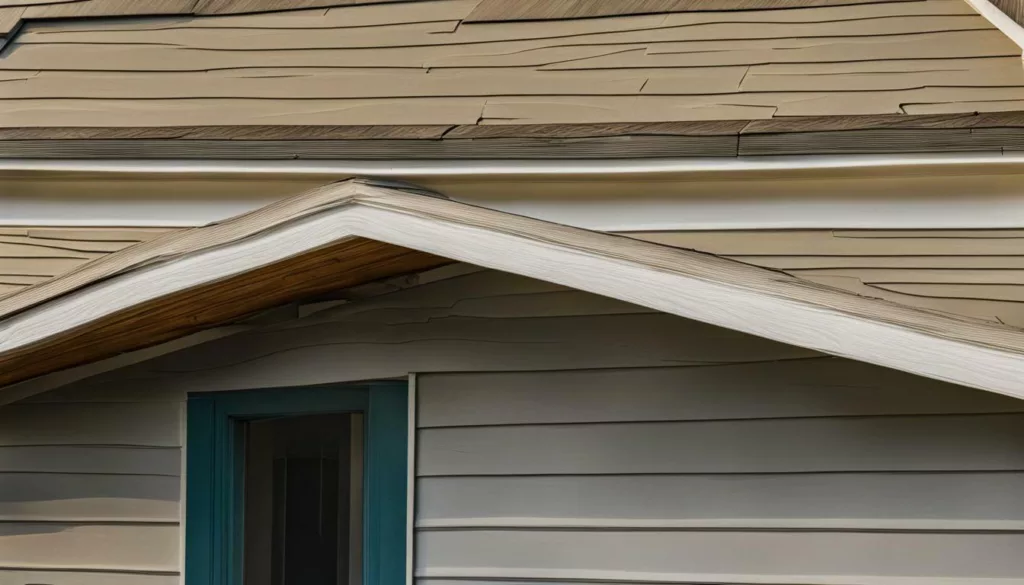
After exploring the types, uses, benefits, drawbacks, and costs of Hardie Board Siding, you may be wondering if it’s worth the investment.
The short answer is yes, the long-term benefits make it a worthwhile investment.
Hardie Board Siding is incredibly durable, with a lifespan of 30 to 50 years, making it an excellent value for its cost. It is also resistant to fire, moisture, insects, and rot, ensuring that it will retain its appearance and structure for decades to come. Plus, it requires minimal maintenance, which ultimately saves you time and money in the long run.
Another factor to consider is the potential return on investment. Hardie Board Siding is an attractive feature that adds value to your home and can increase its resale value.
Of course, every homeowner’s situation is unique, and other factors may come into play when deciding if Hardie Board Siding is the right choice for you. However, when evaluating its durability, low maintenance, and potential return on investment, it’s clear that Hardie Board Siding is worth it.
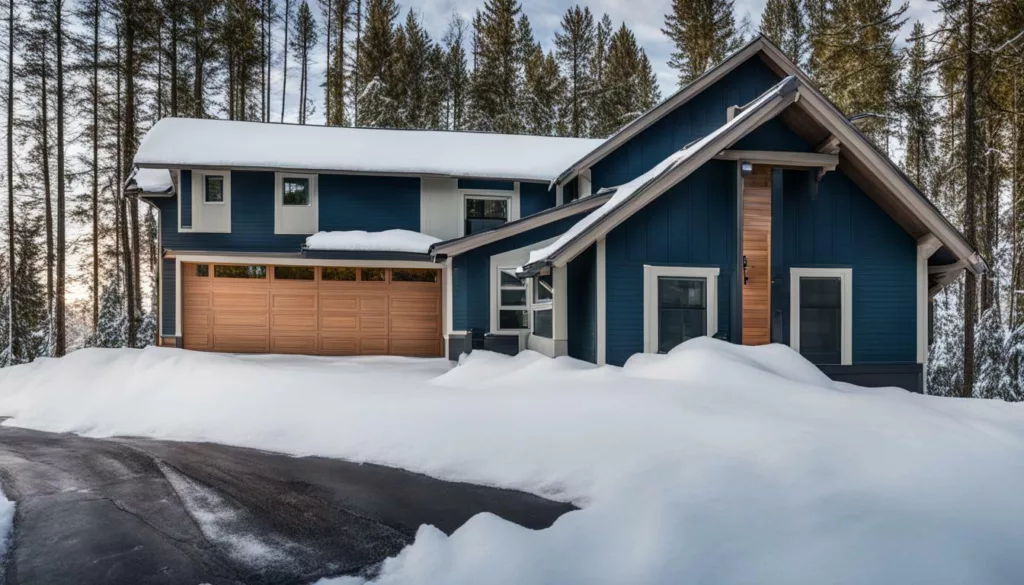
When choosing between Hardie Board Siding and vinyl siding, there are several factors to consider. While both options have their advantages and disadvantages, the decision ultimately boils down to your specific needs and preferences.
Aesthetics: Hardie Board Siding is known for its beautiful, natural wood-like appearance that adds value and curb appeal to any home. It is available in a wide range of colors and finishes, making it easy to match with your home’s existing exterior. On the other hand, vinyl siding has a more synthetic look and often has limited color options.
Durability: Both Hardie Board Siding and vinyl siding are designed to withstand extreme weather conditions, moisture, and pests. However, Hardie Board Siding is known for its exceptional durability and resistance to fire, rot, and insects. It also has an impressive 30 to 50-year lifespan, compared to vinyl siding’s 20 to 30-year lifespan.
Maintenance: Hardie Board Siding requires minimal maintenance, with regular cleaning and inspection being all that is needed to keep it in good condition. Vinyl siding, on the other hand, requires more frequent cleaning and may need to be replaced more often due to cracking, fading, or warping over time.
Cost: Hardie Board Siding is generally more expensive than vinyl siding, with installation costs being the primary factor. However, the added durability and lifespan of Hardie Board Siding make it a worthwhile investment for homeowners who want a long-lasting and attractive exterior for their home.
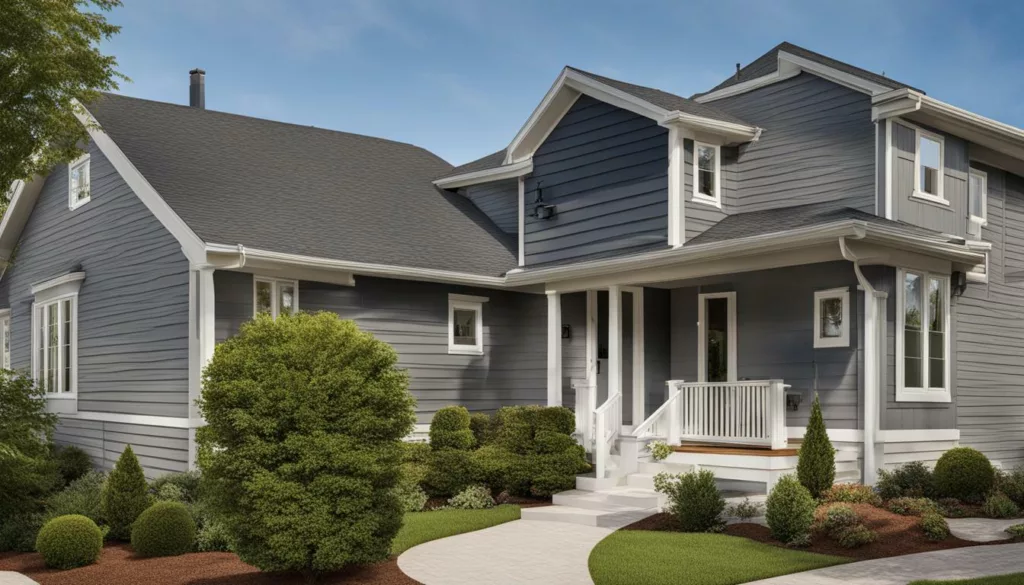
In conclusion, both Hardie Board Siding and vinyl siding have their pros and cons. Consider the factors discussed above when making your decision, and choose the option that best fits your budget, style, and maintenance preferences.
Hardie Board Siding Cost
If you’re considering Hardie Board Siding for your home, one crucial factor to consider is the cost. The cost of Hardie Board Siding can vary based on several factors, including the type of siding you choose, the size of your home, and the complexity of the installation process.
The cost of Hardie Board Siding ranges from $6 to $12 per square foot, not including installation costs. This means that for a 2,000-square-foot home, the cost of the siding alone can range from $12,000 to $24,000.
Installation costs can also vary based on the region you live in, the contractor you choose, and any additional preparation work required. On average, installation costs for Hardie Board Siding can range from $5 to $10 per square foot, depending on the complexity of the installation process.
It’s important to keep in mind that while Hardie Board Siding may have a higher upfront cost compared to other siding options, it is a durable and long-lasting choice. Its resistance to weather, fire, and pests means that it can save you money on maintenance and replacement costs in the long run.
Additionally, Hardie Board Siding can add value to your home and increase its curb appeal, potentially leading to a higher resale value if you plan to sell your home in the future.
When budgeting for Hardie Board Siding, it’s essential to consider all factors, including materials, installation, and any additional preparation work required. Also, work with a reputable contractor who can provide an accurate estimate and ensure a successful installation process.
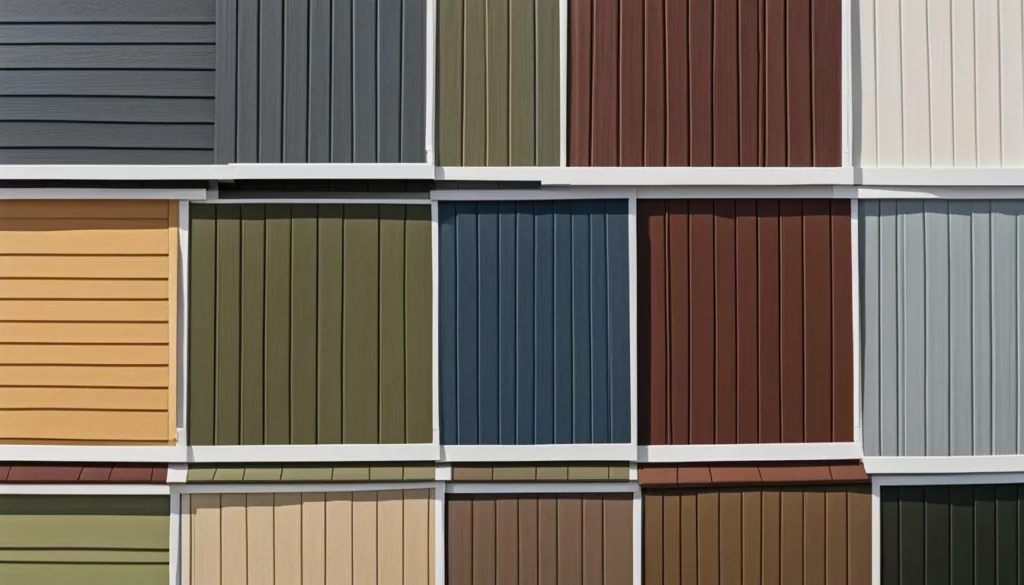
In conclusion,
Hardie Board Siding is a versatile and durable material that can add value and appeal to your home’s exterior. By exploring its various types, colors, and installation processes, you can make an informed decision on whether it’s a worthwhile investment for your home. While Hardie Board Siding has several benefits, it is essential to consider its potential drawbacks, such as the higher cost compared to other materials and the need for professional installation.
However, it’s worth noting that Hardie Board Siding’s durability and low maintenance requirements can pay off in the long run. When compared to vinyl siding, Hardie Board Siding stands out due to its superior durability, resistance to weather and pests, and more authentic wood-like appearance. However, it does come at a higher cost and requires more maintenance.
When budgeting for your project, keep in mind the various cost factors associated with Hardie Board Siding, including materials, tools, and professional installation. While it may require a more substantial initial investment, the long-term benefits can be significant. Ultimately, the decision to use Hardie Board Siding depends on your home’s aesthetic preferences, budget, and long-term goals. By weighing the advantages and disadvantages, you can make an informed decision that achieves your desired outcome and adds value to your home.
Happy Learning
Also, Read,
Stylish Frameless Shower Doors
Euro Pillow – Upgrade Your Sleep
FAQ
What is Hardie Board Siding?
Hardie Board Siding, also known as fiber cement siding, is a durable and weather-resistant material made from a combination of cement, sand, and wood fibers. It is designed to mimic the appearance of traditional wood siding while offering enhanced durability and minimal maintenance.
What colors and options are available for Hardie Board Siding?
Hardie Board Siding comes in a wide range of colors and finishes to suit various architectural styles and personal preferences. You can choose from vibrant hues to more natural tones, allowing you to customize the look of your home’s exterior. Additionally, there are options for different textures and patterns to add depth and character to your siding.
How is Hardie Board Siding installed?
Installing Hardie Board Siding requires proper preparation and knowledge of the installation process. It involves steps such as measuring and cutting the boards, attaching them to the exterior walls using the recommended fasteners, and ensuring proper sealing and caulking. It is recommended to hire a professional or consult the manufacturer’s installation guidelines for best results.
What are the negatives of Hardie Board Siding?
While Hardie Board Siding offers numerous benefits, it’s important to consider some potential drawbacks. It can be more expensive compared to other siding options, and the installation process may be more labor-intensive. Additionally, the material is heavy, which may require additional structural support. Lastly, improper installation or maintenance can result in moisture-related issues, such as rot and mold.
Is Hardie Board Siding worth it?
Determining whether Hardie Board Siding is worth it depends on your specific needs and circumstances. The material offers exceptional durability, resistance to harsh weather conditions, and a long lifespan. It also adds value to your home and enhances its curb appeal. However, it is a higher initial investment, and ongoing maintenance may be required. Consider your budget, long-term goals, and personal preferences when making a decision.
How does Hardie Board Siding compare to vinyl siding?
Hardie Board Siding and vinyl siding are two popular options for home exteriors. Hardie Board Siding offers a more natural and authentic appearance, while vinyl siding provides a wide range of color choices and is generally less expensive. Hardie Board Siding is highly durable and can withstand extreme weather conditions, while vinyl siding may be more prone to damage. Consider factors such as aesthetics, durability, maintenance, and cost to determine which option suits your needs best.
What is the cost of Hardie Board Siding?
The cost of Hardie Board Siding can vary depending on several factors, including the size of your home, the complexity of the installation, and the region you are located in. It’s best to obtain quotes from reputable contractors or suppliers to get an accurate estimate for your specific project. Keep in mind that while the initial cost may be higher compared to some other siding options, the long-term durability and minimal maintenance requirements can make it a cost-effective choice over time.


